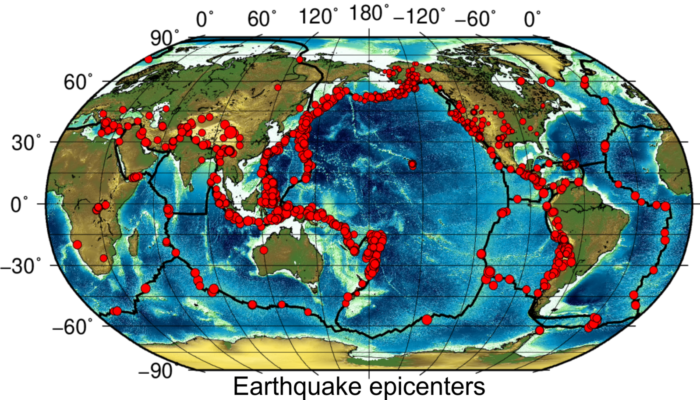Understanding the plate tectonics initiation can give us incredible opportunity to guess the physical state of the early Earth. This week, Hee Choi, a Ph.D. candidate, takes us on a journey on initiation of plate tectonics and how continental crustal growth is related to it. Our planet Earth is the only place where plate tectonics takes place. No other planet or rocky moon in our solar system has ...[Read More]
The geophysicist’s toybox
Simplified models or toy models explain the complex Earth processes fairly well, even though they are far from reality. In this week’s Geodynamics 101, Adam Beall, Research Associate at Cardiff University, discusses some of his favourite geophysical toy models! I remember being excited to first hear about scientists doing Earth modelling and imagined impressive computer visualisations of tec ...[Read More]
Earthquakes within the plates

As fascinating as the plate tectonics and its accompanying dynamics are, continental interiors are no quiescent zones. The tectonics within these interiors are apparent in the occurrence of numerous intraplate earthquakes, and this week, EGU blog editor Arushi Saxena briefly discusses them and their mechanisms. Earthquakes are a fairly common occurrence here on Earth’s crust. Although most are ess ...[Read More]
Magnetic field generation and its reversal in dynamo models
Generation and reversal of the Earth’s magnetic field have remained one of the most controversial topics. In this week’s geodynamics 101, Debarshi Majumder, a PhD student from the Indian Institute of Science, gives a brief overview of the theory of geodynamo reversal and discusses some of the preliminary results obtained from numerical modelling. A planetary magnetic reversal is one of ...[Read More]



